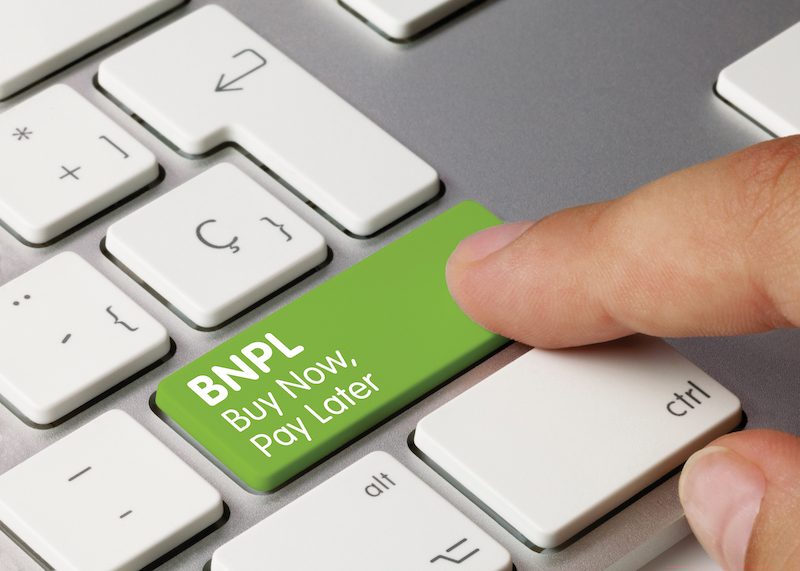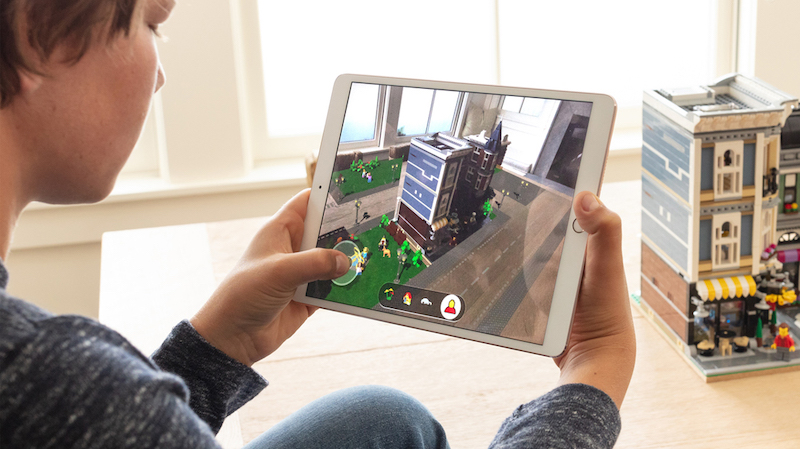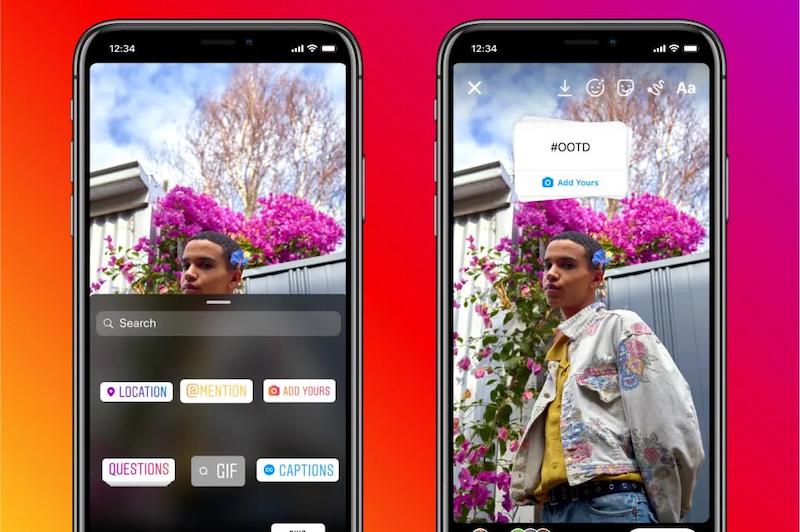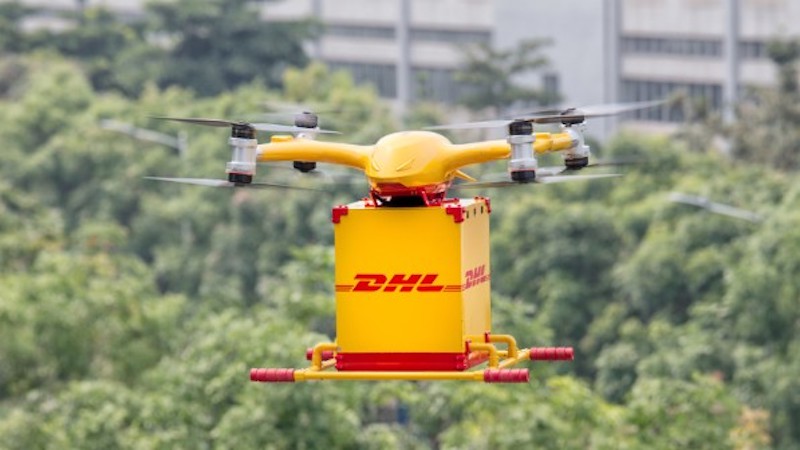
Big Tech conglomerates predict gadgets that transport users to imaginary worlds will open up the biggest new market in software (Photo: Meta Platforms)
If 2021 was the year the world turned the tide against the raging pandemic, 2022 will be governed by the need to adjust to new realities. Organisations and businesses are doubling down on technologies to engineer a better future, including rethinking the use of digital advancements to help us move forward together. Emergent competitors, who deftly adapted to flexible working environments and experiences that fuse digital and physical, would be more than delighted to give legacy organisations and big firms a run for their money.
On a consumer level, tech interventions such as telemedicine and regulations that fix social media harms will help us become savvier users, to manage our lifestyle better and take control of our personal data. Think of these improvements as part of your New Year’s resolutions.
NFTs with superpowers
Whether you are an advocate of the non-fungible token technology that circumvents snooty cultural gatekeepers, or a detractor who merely views the fad as a speculative market that monopolises taste, the world will still be flush with crypto dollars this year. In fact, the upgraded version of NFT is already in the making. NFT 1.0 acts as a registry and electronic certificate of authenticity for digital assets but the new variant helps users interact with the content they have purchased or earned. If NFT 1.0 was a video game, NFT 2.0 would be the console that materialises the experience. Unlike its predecessor, NFT 2.0 does more than just exist on the blockchain as it can connect to other NFTs and — like a stackable Lego block — add ownership. Such a feature energises content creators, enhances community networks and incentivises people to earn NFTs rather than just purchase them outright.
Health tech to the rescue
While Covid-19 laid bare the inadequacies and pitfalls in our healthcare infrastructure and medical system, technology has enabled those gaps to be filled. Remote patient monitoring and telemedicine, in which patients are provided with medical devices, quick diagnosis and treatment, gained huge popularity when people had to follow movement restrictions and social distancing norms. Smart devices and fitness trackers are also innovating — data mined from wearables are more systematic and accurate to reflect a user’s medical details. For instance, Oura Ring 3 (pictured) has leapt from our wrist to our finger to monitor the heart rate and track blood oxygen with an onboard SpO2 sensor. Plus, the next version of Apple Watch may include new detectors capable of measuring levels of glucose and alcohol in the blood.
Buy Now, Pay Later (BNPL) apps continue to surge
Once a niche form of credit, BNPL deals have exploded during the pandemic as they allow millennials — particularly those with tight finances — to delay payments for goods sans interest. Unlike credit cards issued by banks, some of these apps can be used without conducting credit risk assessments on individuals. The Edge reported that the local BNPL industry is expected to be on an upward trajectory as Malaysia will see at least four million BNPL users by 2028. Although fintech upstarts dominated the burgeoning sector by doling out credit to consumers in return for lucrative commissions, new players will continue to emerge in this fast-growing industry. Having said that, unregulated financial products have stoked fears of encouraging unsustainable spending and reliance on debt. Bank Negara Malaysia is working to enact the Consumer Credit Act this year to regulate BNPL schemes.
Traversing the metaverse
If Facebook’s new identity, Meta Platforms, is any indication, the digital world is barrelling towards virtual reality at breakneck speed. Big Tech conglomerates predict gadgets that transport users to imaginary worlds will open up the biggest new market in software ever since Apple debuted the touchscreen smartphone in 2007. There are already signs: Mark Zuckerberg’s empire launched social platform Horizon Worlds, where people attend comedy shows and movie nights inside Facebook’s virtual world; Apple’s ARKit allows developers to use iPhone’s sensors for precise room mapping; while Microsoft has announced Mesh, which works like a video call, only with 3D holograms. It seems like a Star Wars-inspired holographic message may be coming to your nearest video conferencing app soon.
Web3: The next era of internet
The internet we know now is nothing like what it was before. Web 1.0, a read-only web, consisted of sites that served static content with little to no interactivity. Then came Web 2.0 in the mid-2000s. Platforms like Google, Amazon, Facebook and Twitter leverage their Silicon Valley power to monetise content and exploit user data to sell more personalised ads. The promise of Web 3.0 is to take some of that power back. This new, blockchain-based iteration of the internet empowers creators and reduces their dependence on large social media platforms for revenue generation. The idea has remained a theoretical grand vision for years but 2022 may finally give people equitable ownership of their presence on the web without being shackled by proprietary algorithms.
Kidproofing social media
Efforts to create a safe social media landscape are finally making some headway as Instagram and TikTok are reducing harmful content to prevent younger users from getting sucked in by addictive features. Following the Facebook fiasco last year, in which a version of Instagram for children was mooted, digital companies have promised to roll out alternatives to their algorithmically driven feed. Head of Instagram Adam Mosseri announced that the brand would release more parental controls for teens starting in March with a feature that allows parents to set time limits. On the other hand, TikTok has begun to make changes to its algorithm so users do not end up with feeds dominated by videos about eating disorders, depression, deadly pranks and other potentially dangerous acts.
Delivery drones take flight
Mall-to-home deliveries finally got off the ground when AirAsia Digital partnered with Malaysian Global Innovation and Creativity Centre (MaGIC) in the Urban Drone Delivery Sandbox pilot programme last year to transport goods from AirAsia’s e-commerce platforms. More companies have taken interest in the trend, including DHL Express Malaysia and foodpanda. Teaming up with Pen Aviation, DHL Express would be able to reach rural communities or disaster-hit areas, especially in Sabah and Sarawak where vaccines and medicines are critically scarce. Moreover, this drone service will offer those who lost their jobs in aviation a second chance to rebuild their career through e-commerce.
This article first appeared on Jan 10, 2022 in The Edge Malaysia.









